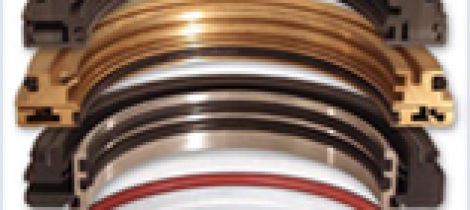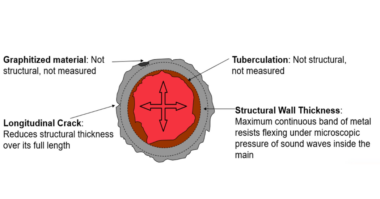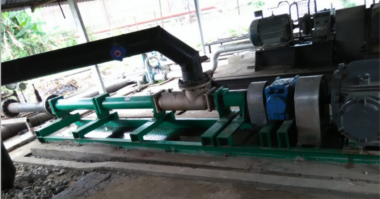Most bearing failures are due to contamination in the system. Figures vary in the industries; some put the number up to 90 percent. Contamination comes from many factors in the system. Water may enter through the adding of lubrication into the system.
The standard lip seal, which has been the staple in sealing systems since the leather seal in the 1920’s, could provide a leak path enabling grooving of the shaft. These were developed to keep lubricants in the system.
Radial shaft seals are considered contact seals because the lip contacts the shaft. Evolution of radial shaft seals with nitrile lips in the 40’s, higher temperature materials in the 60’s and modern bonded casings have not altered the sealing principal. We have determined over the years this method of sealing is not effective or efficient. The contacting lip with the knife edge consumes more energy and allows a leak path due to the grooving of the shaft. Once the groove is formed contamination gets in from outside thus causing bearing failures and lubrication leakage.
In the last 30 plus years’ newer technologies have been developed and the bearing isolator was born. Bearing isolators are new to the market but the principle goes back to the Roman days. Performance for all bearing isolators (labyrinth seals) uses the principal of tortuous paths, angles and not straight lines or a maze if you will, to perform. The bearing isolators are bi-directional seals, meaning they are capable of zero lubrication leakage and total exclusion of contaminants. Isolators are also non- contacting, enabling the seal to have longer wear life and higher energy savings. The seal has two entities, one being the stator and second the rotor. The stator stays put in the housing of the application and the rotor rotates with the shaft. Wear on the shaft is not an issue due to this feature. When selecting this type of seal you need to have a check list that enables proper selection for your application. The isolators, like the lip seals, have evolved over the past few years with newer materials and more technical designs. These newer designs are even addressing hermetic applications when you want no condensation in the system. The proper selection of the isolator as with any part of your system is always essential. This isolator needs to be two pieces that consist of a unitized construction. This allows the seal not to be separated in operation. The material needs to have the utmost chemical resilient properties. Ease of installation is a key consideration when choosing the isolator. Third party testing is also nice to ensure that the company has a reliable product in the market place. Seal Group can provide third party testing.
About the Author: Sales Engineer for Seal Group and has been involved in the bearing isolator industry for the past 17 years and the pump industry for over 30 years.
Next month’s segment will cover in more detail: materials, designs, and more details on isolators.





Comments